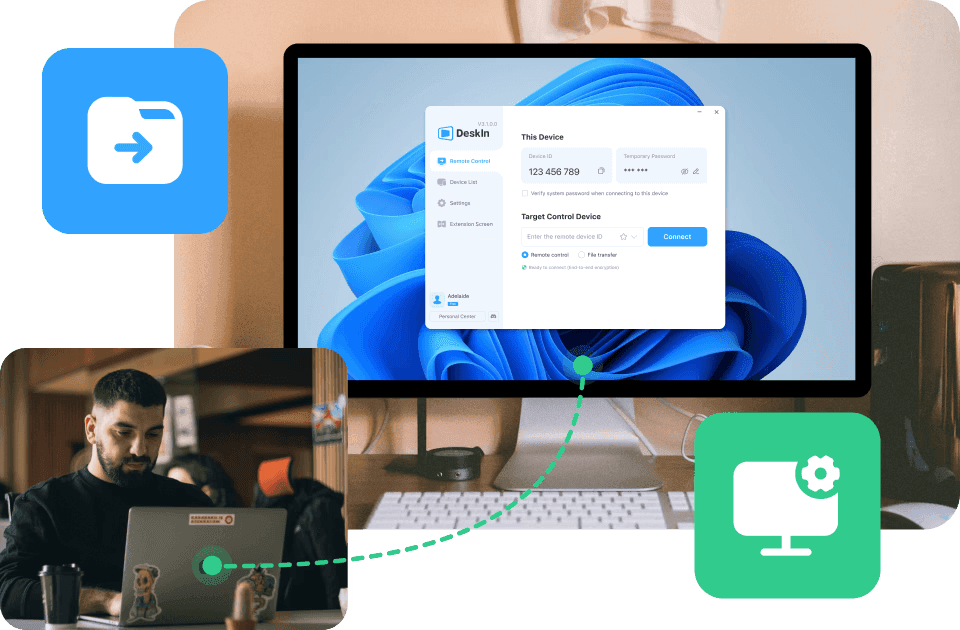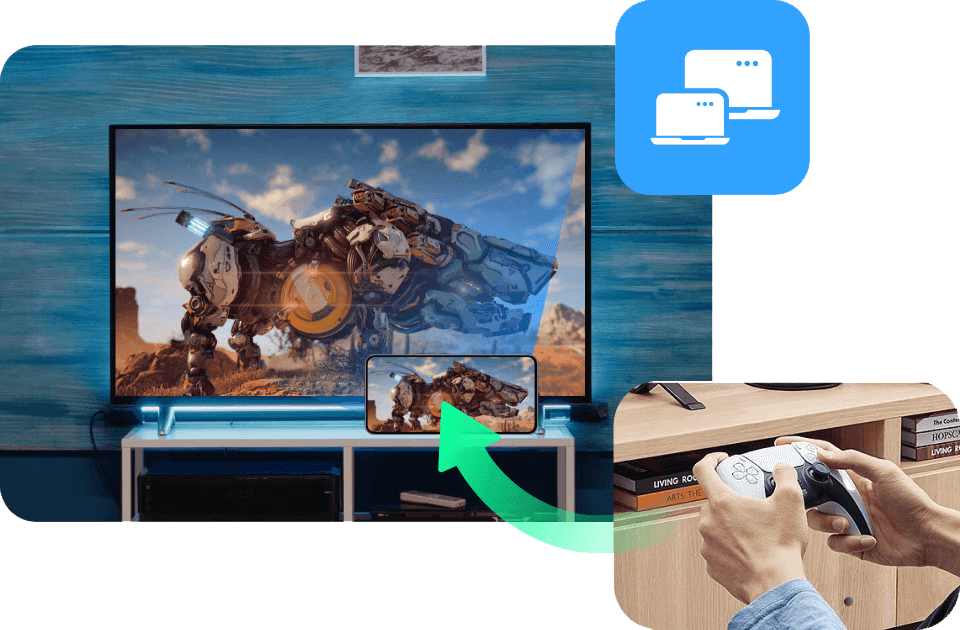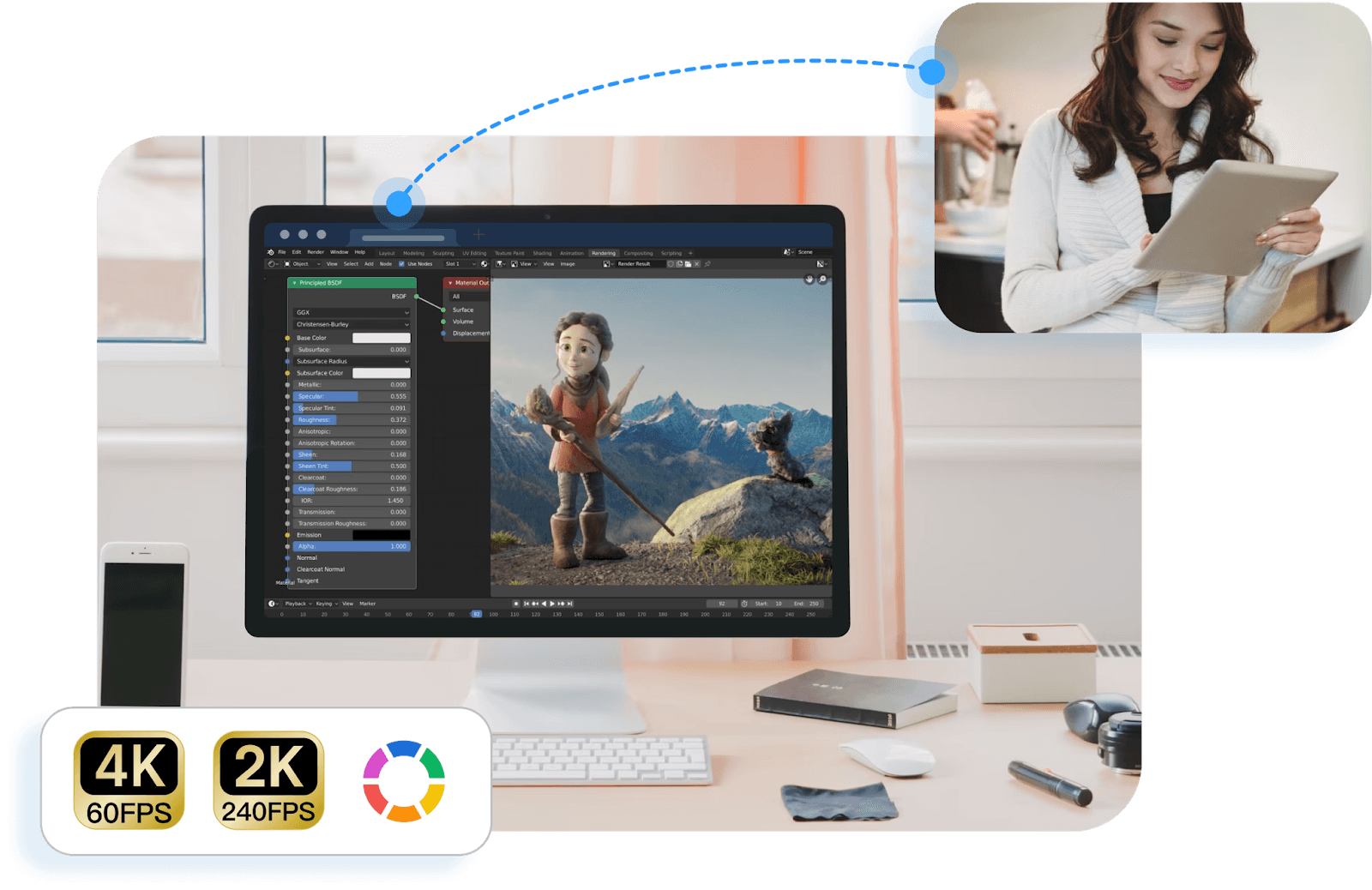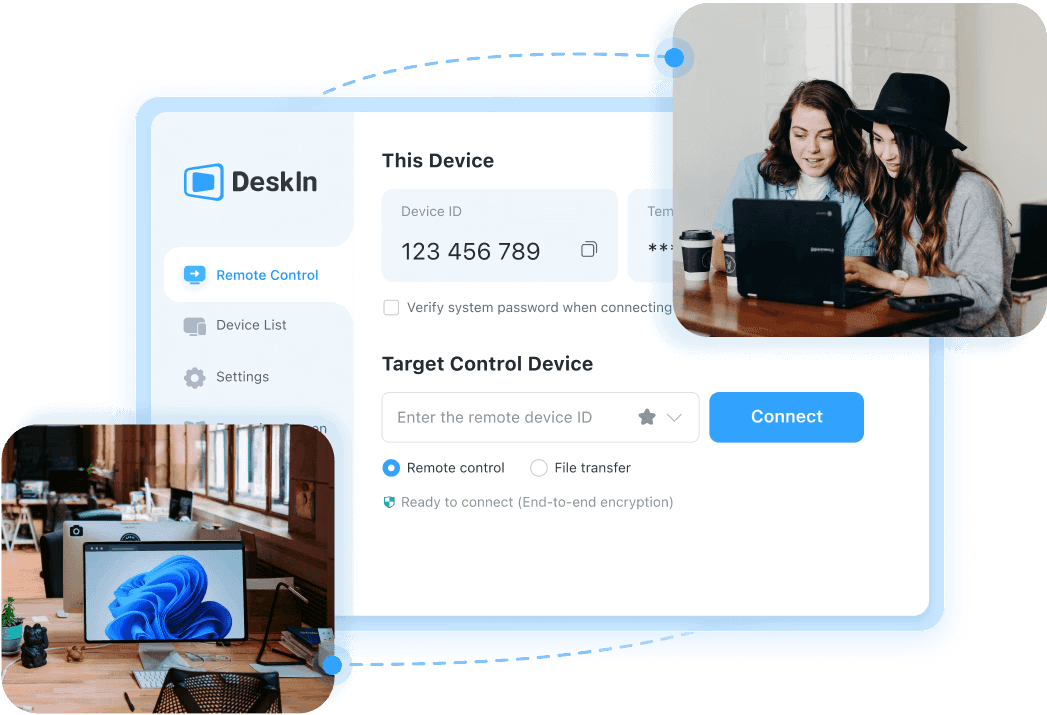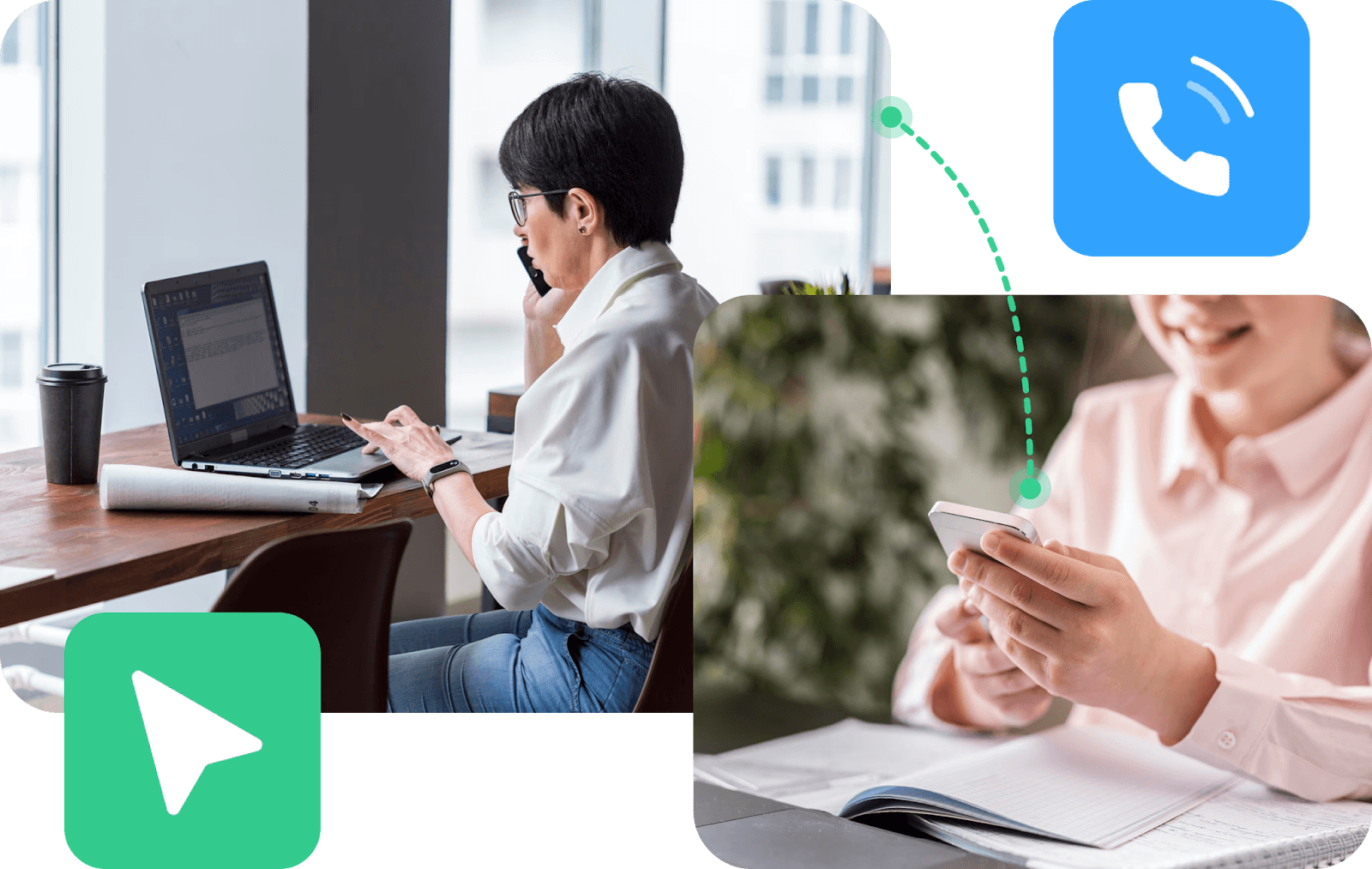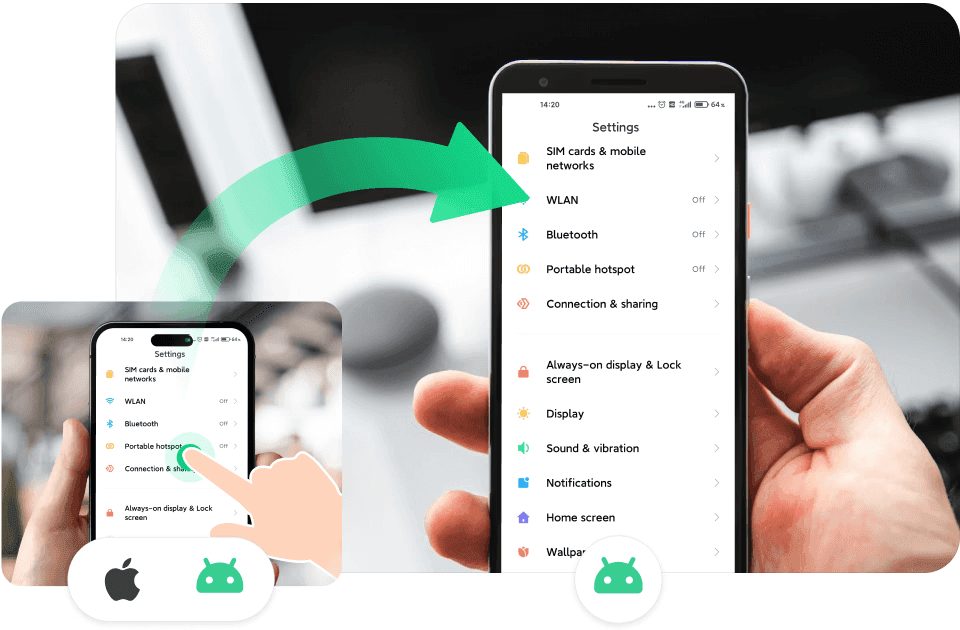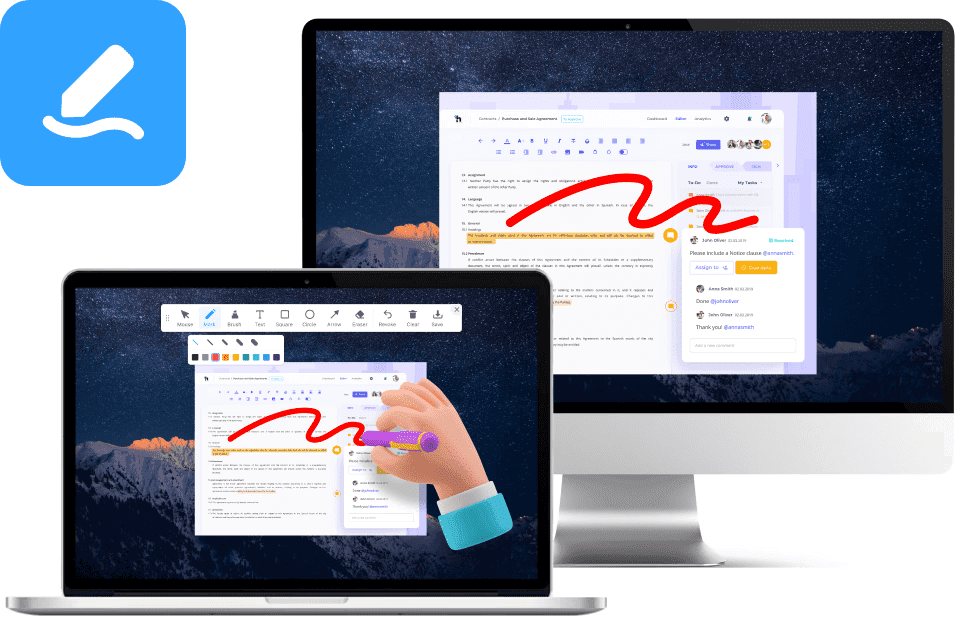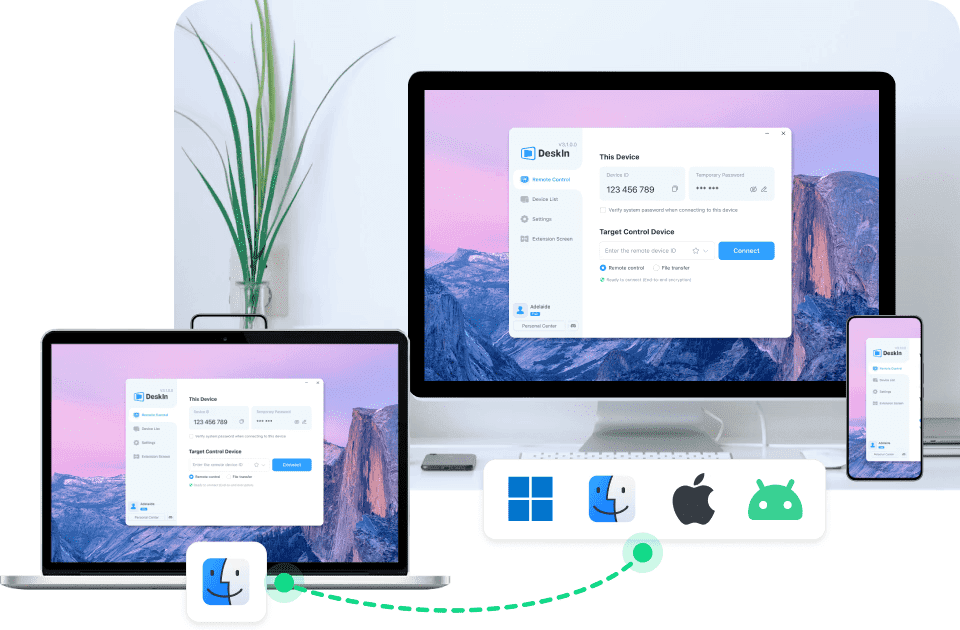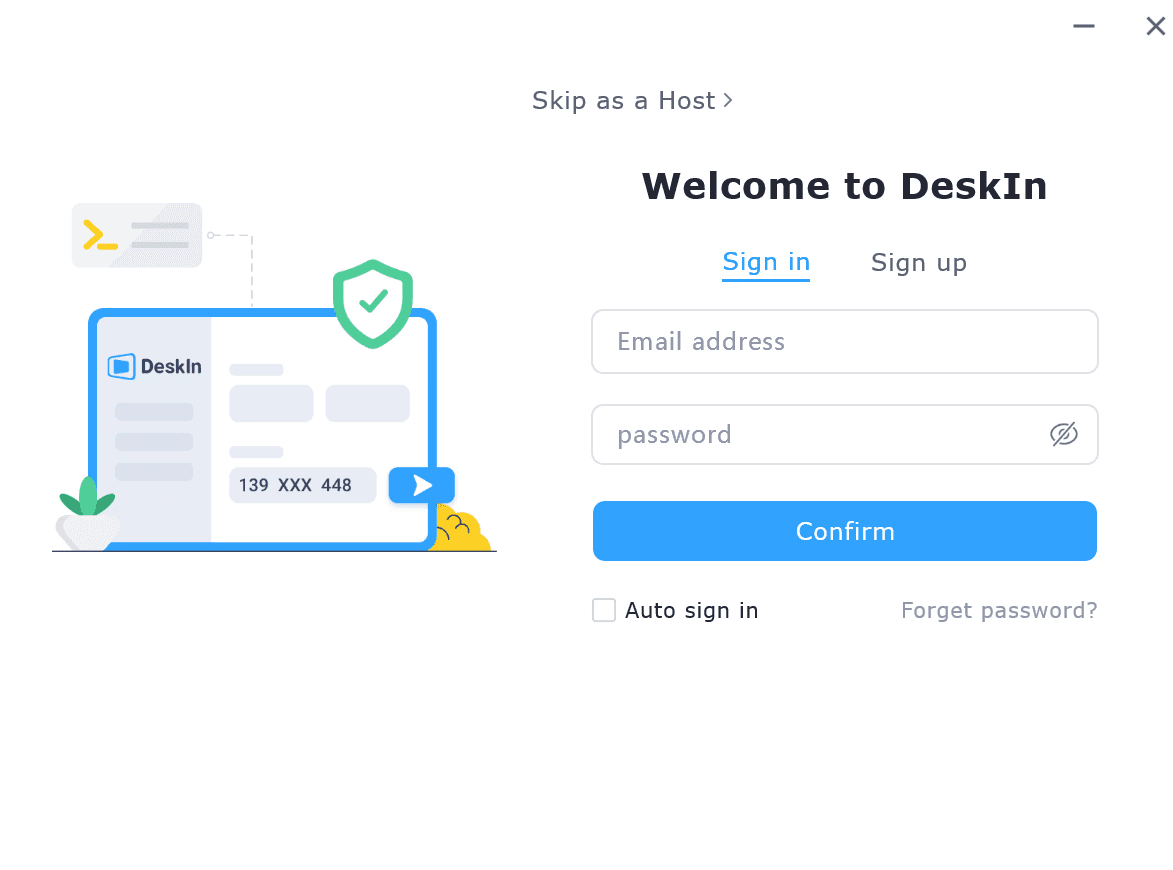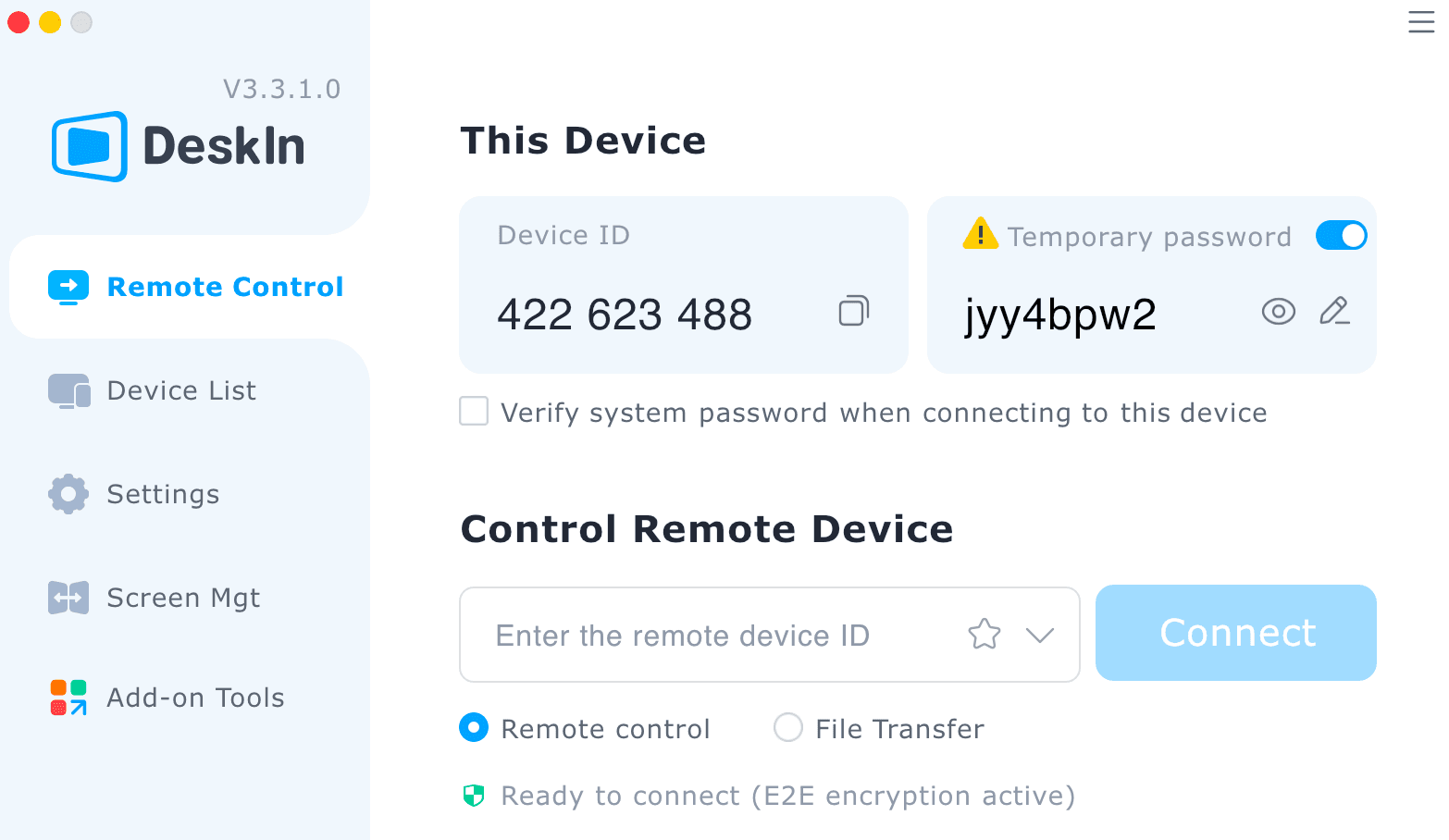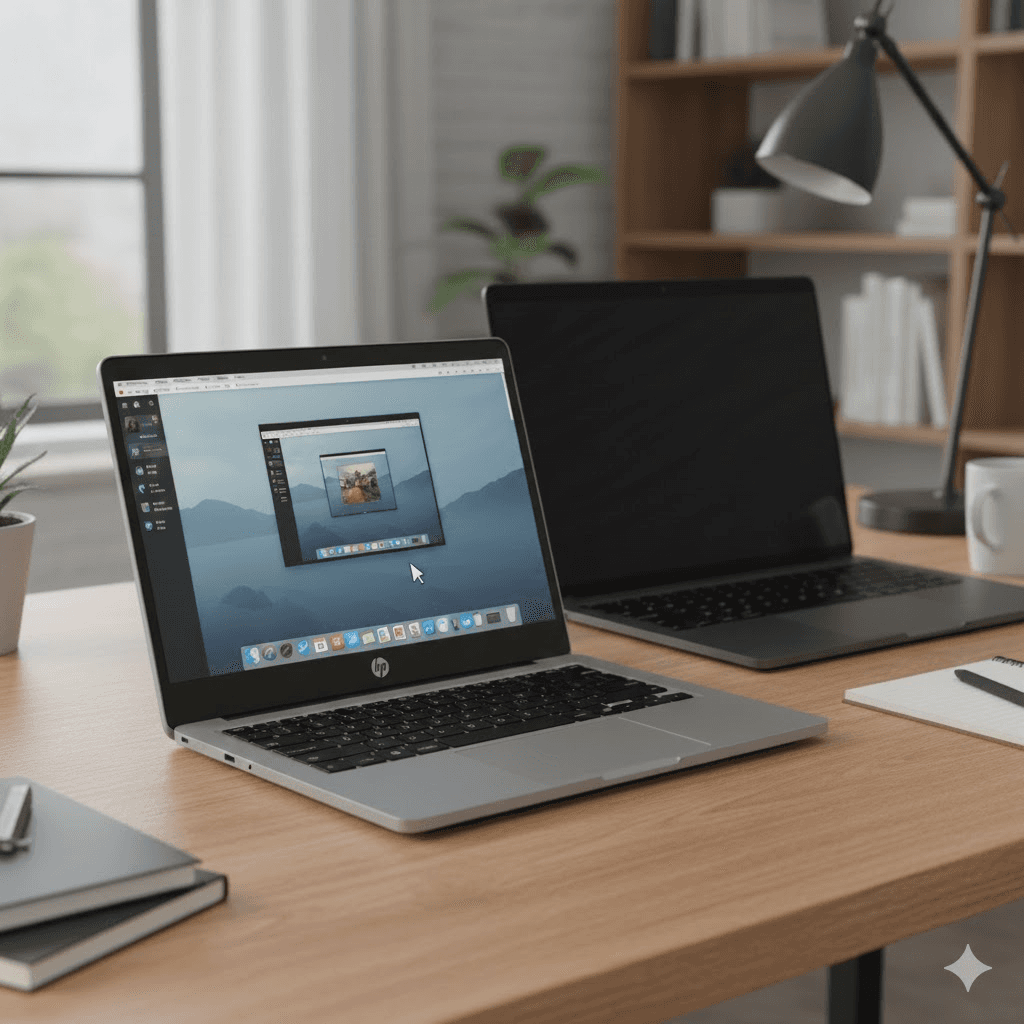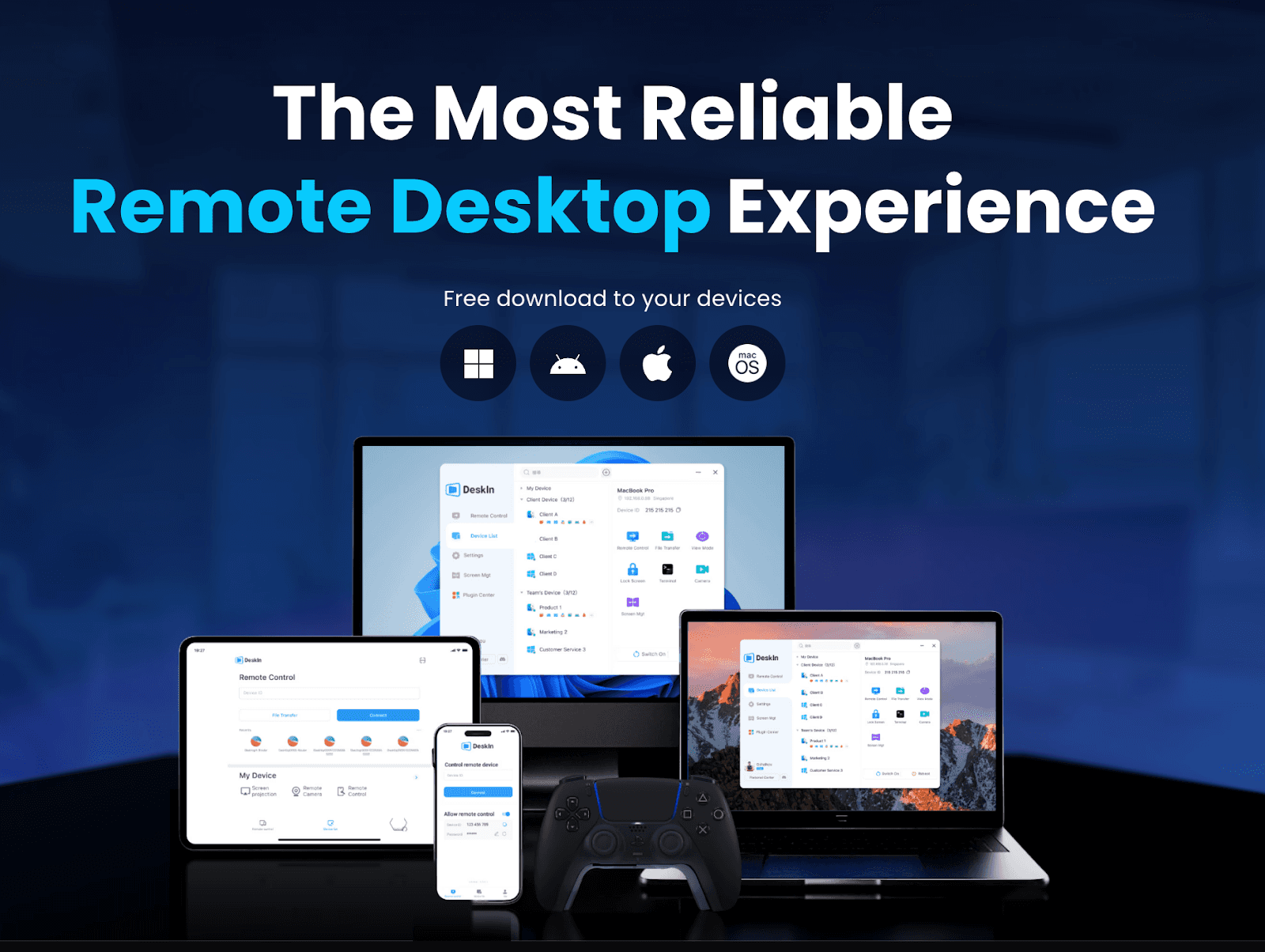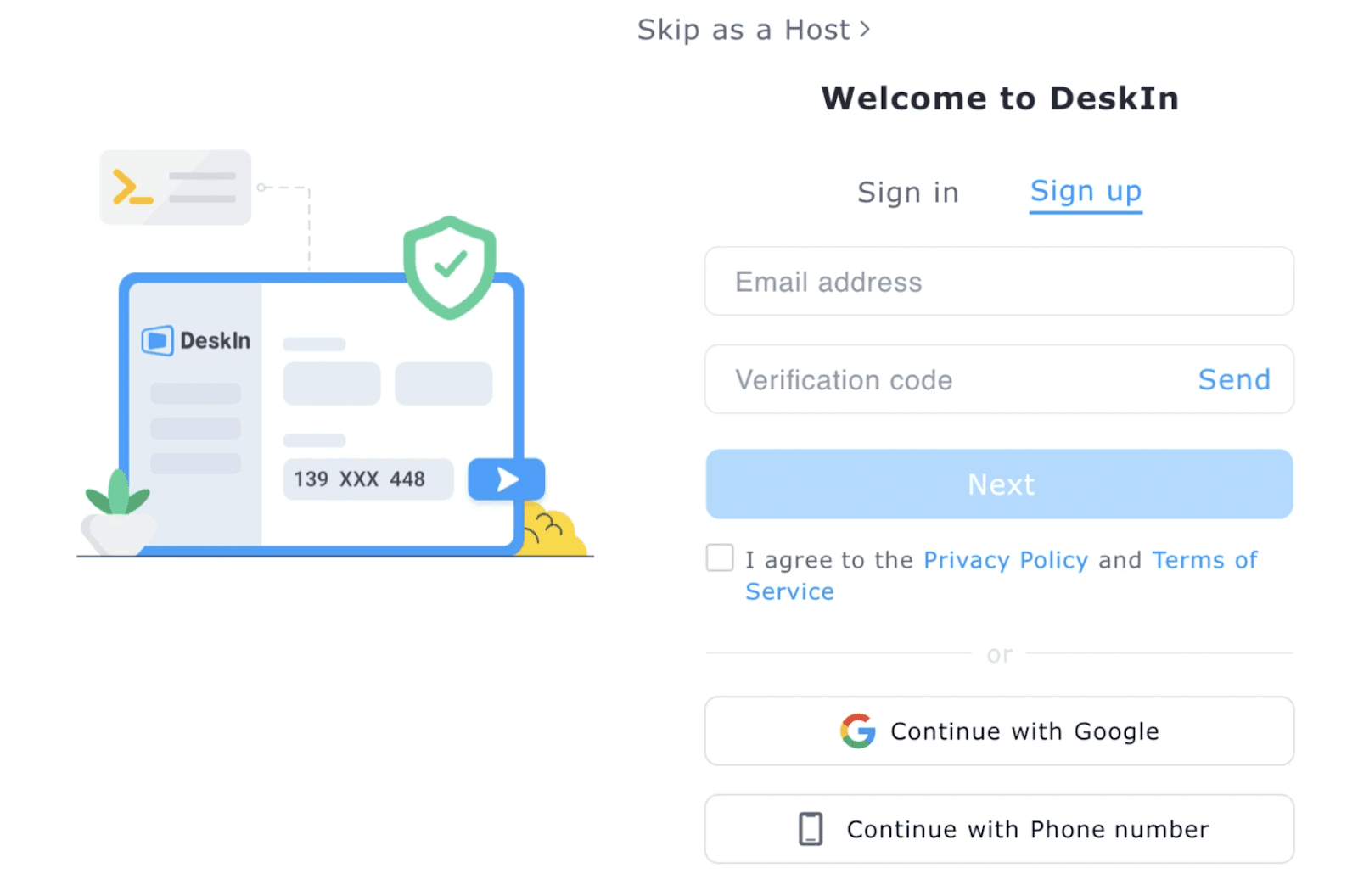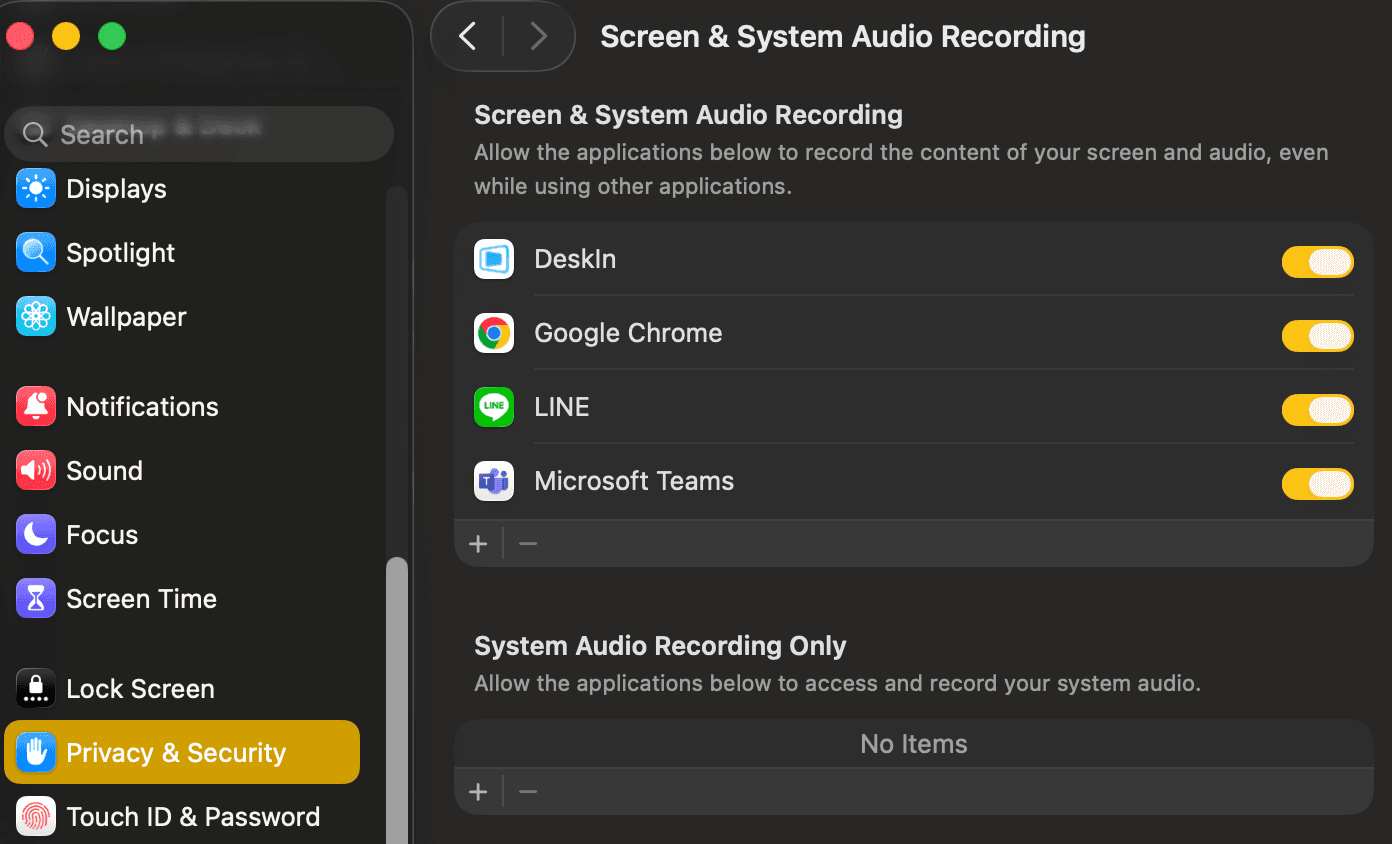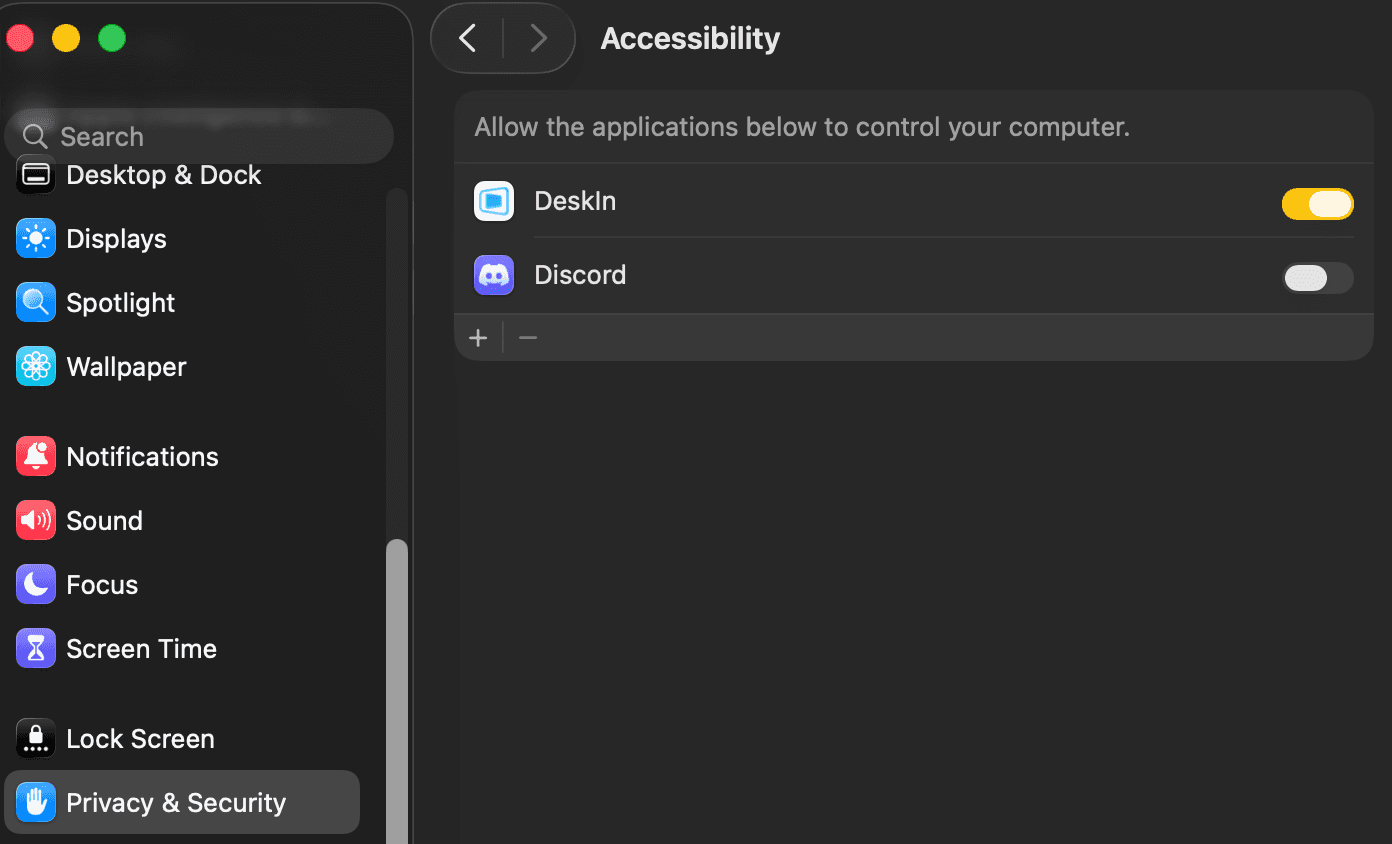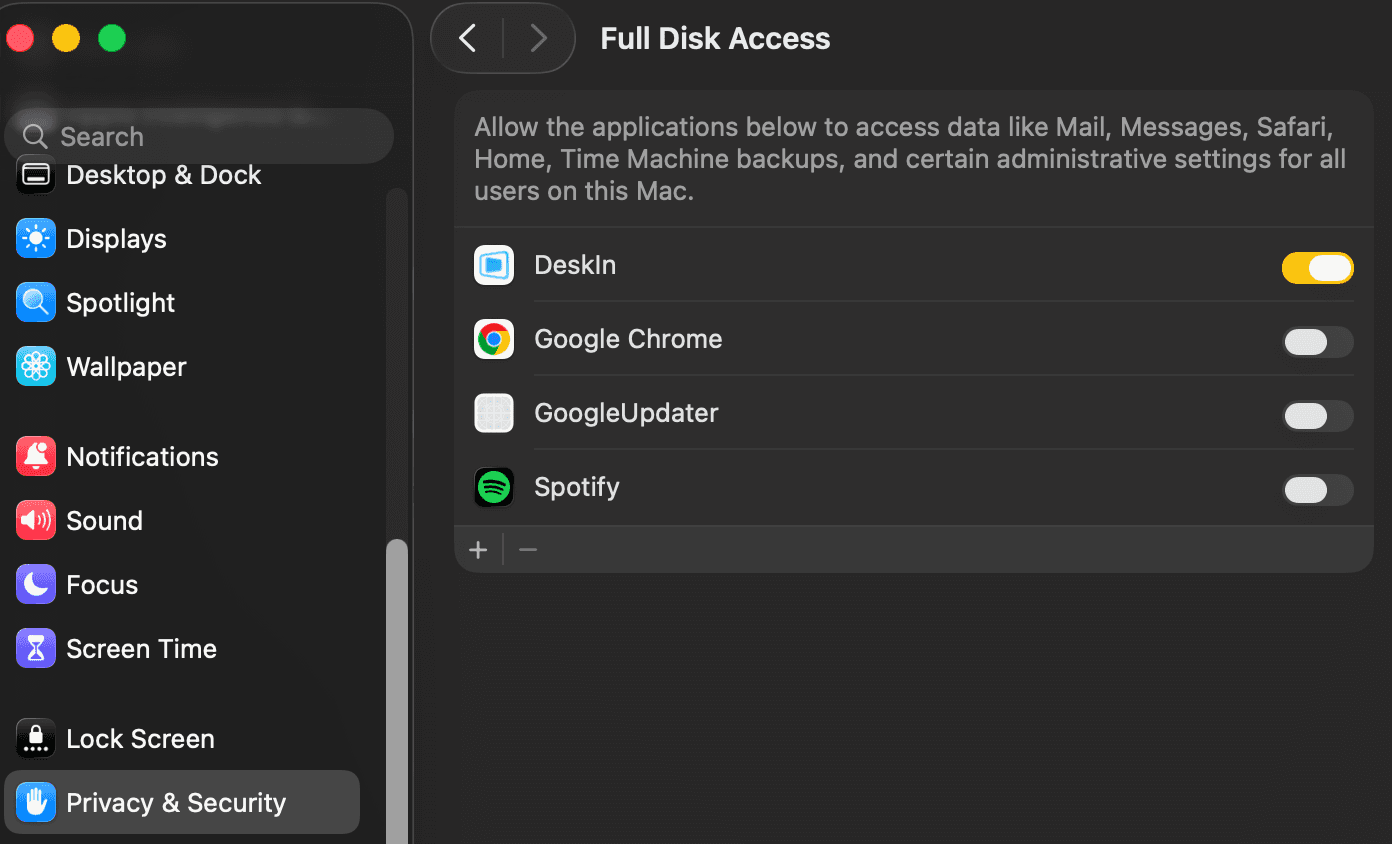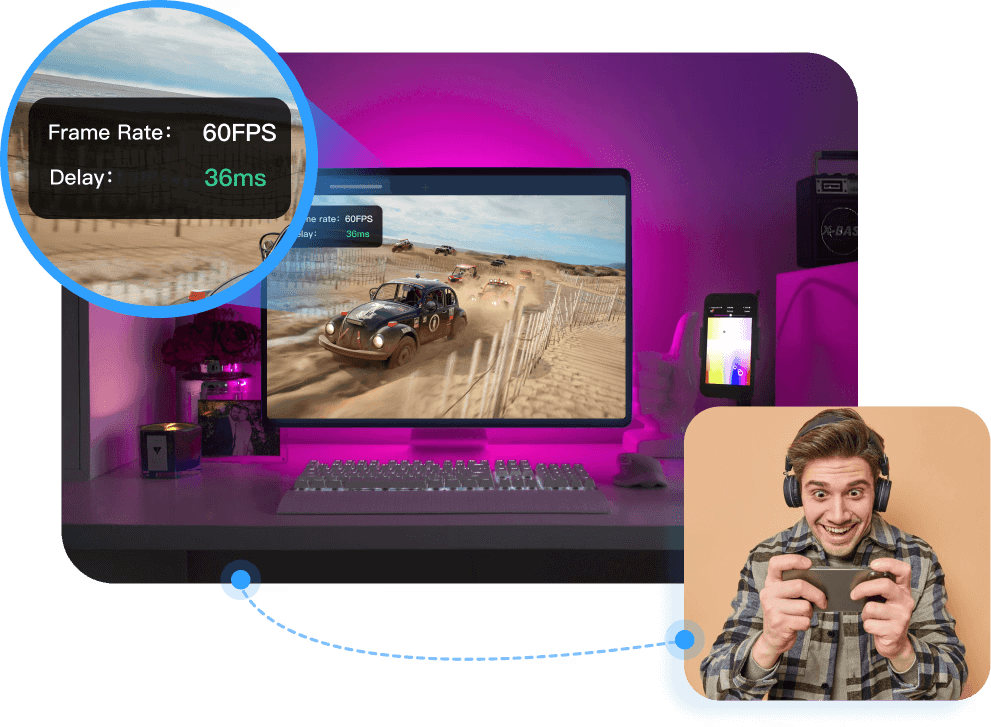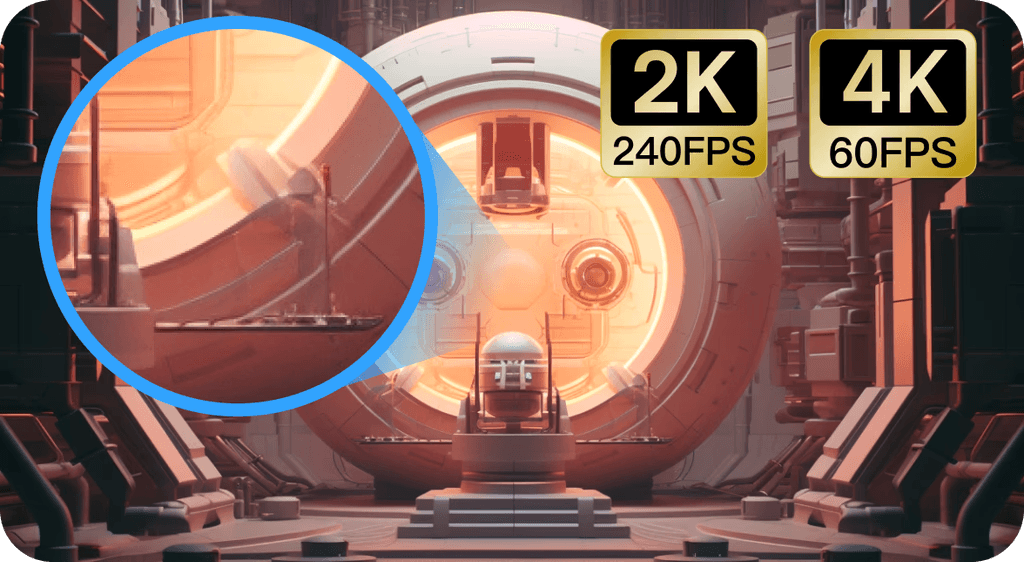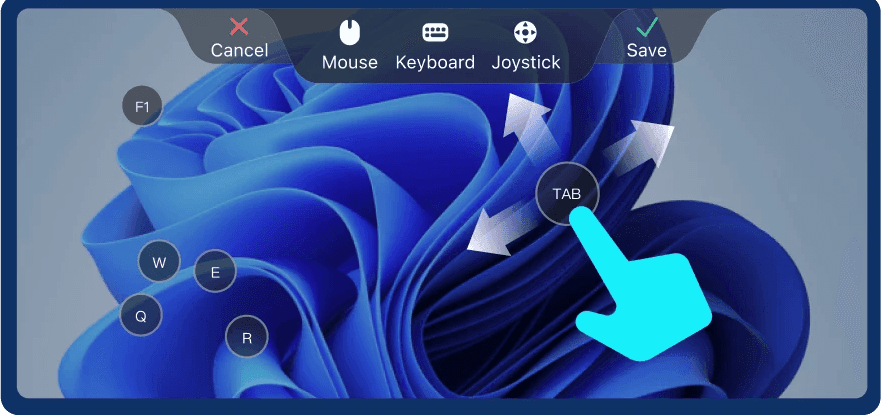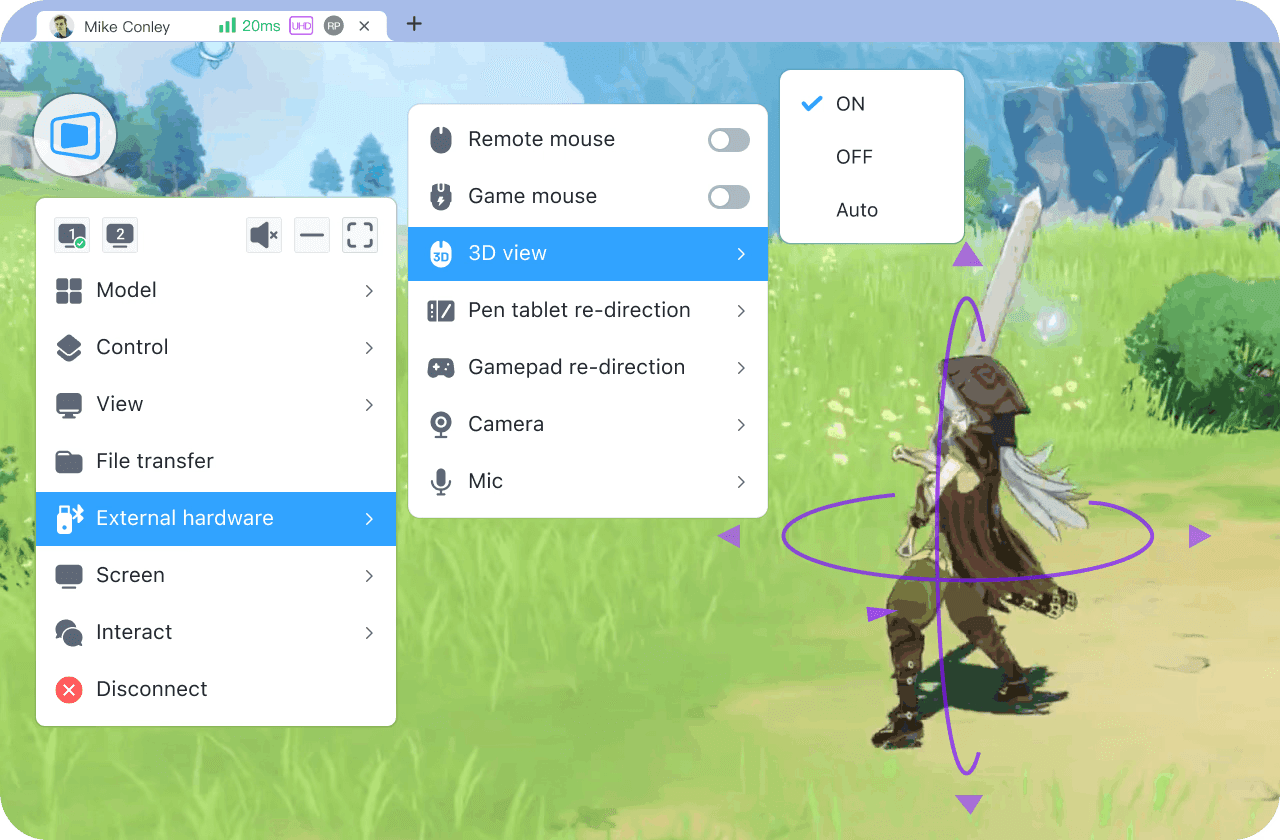Senior adults and elderly family members always have questions about their smartphones. Though what they ask is usually very simple and won't take us a lot of time to fix. But it would be another story if we were away from them. Here is the best solution for you to help senior adults with smart phone problems when you are not at home——DeskIn Remote desktop.
5 phone problem elderly people need help most often
1. Adjust phone settings
Elderly people often feel that the fonts and icons on their mobile phones are too small, or the sound is too low to hear. Sometimes, they may accidentally touch some settings and the phone cannot be used properly. However, smartphone settings may be too complex for them. At this point, they usually need your assistance.
2. Clear cache
Elders like to take photos and videos and share them in group chats, which in the long run may exhaust the phone's memory and cause the phone to become slower and robots more often. Deleting photos is not enough, they need you to help clear the app cache.
3. Install or delete apps
When elderly adults buy a new phone,they usually need our help to install various programs such as Whatspp, Maps, Facebook etc. They may accidentally download some suspicious apps and keep receiveing pop-up ads, and we should help check and delete them.
4. Connect to Wifi network
I believe everyone has encountered it. Every time we go to a hotel, the elders will hand us their mobile phones and ask us to help connect to the Wifi network!
5. Check scam messages and groups
In addition to the above, we should pay more attention to if they have joined some weird Whatsapp groups or FB groups, or received suspicious messages with links, which might cause scam issues. We should help check their phone regularly and block these groups and messages.
Best solution for helping elders solve phone problem remotely: DeskIn remote desktop
The above problems usually can be solved in one or two minutes if we are at home with our elderly adults. However, if we are not at home, it can be frustrating to teach them how to fix phone problems over the phone! You might have explained for half an hour, and they still have not fixed the problem.
The good news is iOS 18 now supports controlling others iphones over Facebook, which would be a great help for people using iPhone. However, if you or your family member is using an Android phone, this is not fit for you.
If you are looking for a Remote software that can access both iPhone and Android, DeskIn is the best solution for you.
Why DeskIn remote desktop?
Secure:
This is the most important thing when you select a remote desktop software. DeskIn uses 256-bit encryption and the phone controlling features of DeskIn can only be performed under the same account. This can prevent elder’s phone being accessed by people they don't know.
Allow voice calls and annotations:
DeskIn has a built-in voice call function, allowing you to better understand the elders' questions during the connection session.With the annotation function, you can mark steps while operating their phone, making the elderly more impressed.
Cross-system connection:
DeskIn supports cross-platform connection between ios, Android, mac and Windows. Which means you can use iPhone, computer, Android phone or even tablet to remotely connect to your Android phone, very convenient.
Extremely smooth:
DeskIn's connection is very stable and has no time limit. The free version supports 1080p display, making remote operations as smooth as local operations.
Easy to use:
The interface of DeskIn is very simple, and you need just a few clicks to star connection, Even the elderly can easily get started.

How to use DeskIn?
Step 1: Install DeskIn on your device and elder’s phone and log in with the same account.
Step 2: When you need to access, the elder opens the DeskIn app and toggle on the “Allow remote control” button.
Step 3: Then you can find the elder’s phone in the device list and access the elder’s phone.
You can choose to let the elderly do manual verification, or you can set a password in advance and use the password to verify connection.

Conclusion
This article introduces DeskIn, a safe and easy-to-use remote software that allows us to remote access elderly adult’s phones and help fix their phone problem. It saves a lot of teaching time and helps the elders solve 3C problems more quickly, allowing them to better experience the convenience of modern technology! Even if the distance is far away, the elders can feel our care and intention, Try it now!
Senior adults and elderly family members always have questions about their smartphones. Though what they ask is usually very simple and won't take us a lot of time to fix. But it would be another story if we were away from them. Here is the best solution for you to help senior adults with smart phone problems when you are not at home——DeskIn Remote desktop.
5 phone problem elderly people need help most often
1. Adjust phone settings
Elderly people often feel that the fonts and icons on their mobile phones are too small, or the sound is too low to hear. Sometimes, they may accidentally touch some settings and the phone cannot be used properly. However, smartphone settings may be too complex for them. At this point, they usually need your assistance.
2. Clear cache
Elders like to take photos and videos and share them in group chats, which in the long run may exhaust the phone's memory and cause the phone to become slower and robots more often. Deleting photos is not enough, they need you to help clear the app cache.
3. Install or delete apps
When elderly adults buy a new phone,they usually need our help to install various programs such as Whatspp, Maps, Facebook etc. They may accidentally download some suspicious apps and keep receiveing pop-up ads, and we should help check and delete them.
4. Connect to Wifi network
I believe everyone has encountered it. Every time we go to a hotel, the elders will hand us their mobile phones and ask us to help connect to the Wifi network!
5. Check scam messages and groups
In addition to the above, we should pay more attention to if they have joined some weird Whatsapp groups or FB groups, or received suspicious messages with links, which might cause scam issues. We should help check their phone regularly and block these groups and messages.
Best solution for helping elders solve phone problem remotely: DeskIn remote desktop
The above problems usually can be solved in one or two minutes if we are at home with our elderly adults. However, if we are not at home, it can be frustrating to teach them how to fix phone problems over the phone! You might have explained for half an hour, and they still have not fixed the problem.
The good news is iOS 18 now supports controlling others iphones over Facebook, which would be a great help for people using iPhone. However, if you or your family member is using an Android phone, this is not fit for you.
If you are looking for a Remote software that can access both iPhone and Android, DeskIn is the best solution for you.
Why DeskIn remote desktop?
Secure:
This is the most important thing when you select a remote desktop software. DeskIn uses 256-bit encryption and the phone controlling features of DeskIn can only be performed under the same account. This can prevent elder’s phone being accessed by people they don't know.
Allow voice calls and annotations:
DeskIn has a built-in voice call function, allowing you to better understand the elders' questions during the connection session.With the annotation function, you can mark steps while operating their phone, making the elderly more impressed.
Cross-system connection:
DeskIn supports cross-platform connection between ios, Android, mac and Windows. Which means you can use iPhone, computer, Android phone or even tablet to remotely connect to your Android phone, very convenient.
Extremely smooth:
DeskIn's connection is very stable and has no time limit. The free version supports 1080p display, making remote operations as smooth as local operations.
Easy to use:
The interface of DeskIn is very simple, and you need just a few clicks to star connection, Even the elderly can easily get started.

How to use DeskIn?
Step 1: Install DeskIn on your device and elder’s phone and log in with the same account.
Step 2: When you need to access, the elder opens the DeskIn app and toggle on the “Allow remote control” button.
Step 3: Then you can find the elder’s phone in the device list and access the elder’s phone.
You can choose to let the elderly do manual verification, or you can set a password in advance and use the password to verify connection.

Conclusion
This article introduces DeskIn, a safe and easy-to-use remote software that allows us to remote access elderly adult’s phones and help fix their phone problem. It saves a lot of teaching time and helps the elders solve 3C problems more quickly, allowing them to better experience the convenience of modern technology! Even if the distance is far away, the elders can feel our care and intention, Try it now!

Play x Work
All at Once
DeskIn Remote Game
only $14.32 USD 🎉 Limited on July 16-31
Add promo code: deskinsummer1






